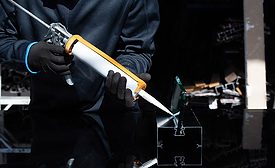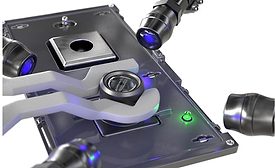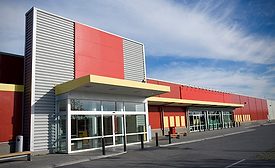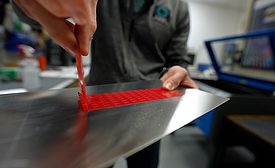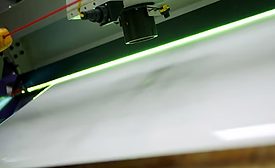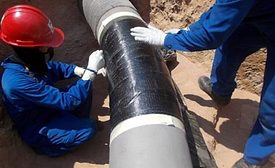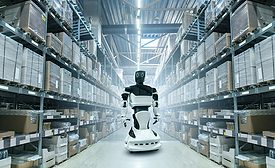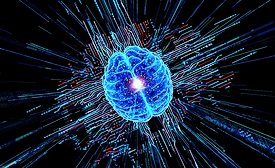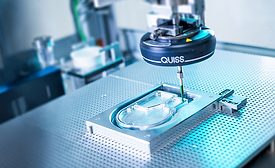Featured on Home Page
Packaging of adhesives and sealants can take many forms, and the best packaging for a product depends on a number of factors, such as dispending specifications, application environment, and cost.
Read More
One-Step Cure Adhesive Facilitates Efficient Assembly of ADAS Cameras
Automotive adhesive delivers high precision for active alignment of camera modules, reducing cost, time, and CO₂ emissions.
February 19, 2024
The Benefits of Using PSA Tapes in Exterior Building Solutions
PSA tapes are growing as an alternative to liquid adhesives and traditional fastening technologies in building and construction applications, such the high-growth metal building systems segment.
February 17, 2024
Engineers Design Stronger Tape Through the Art of Cutting
Applying specific paper cutting techniques to adhesive tape made the bond of the tape stronger by a factor of 60 while still allowing for easy removal by peeling in the opposite direction.
February 16, 2024
How Formulation and Coating Method Impact UV HMPSAs
Understanding how tackification and coating method impact the effectiveness of UV curing helps to ensure that UV HMPSA properties are properly balanced for their intended end-use application.
February 15, 2024
ISO/ASME Compliant Composite Pipe Repair System
A new pipe repair technology uses a wet-wrapping technique where resin-impregnated fibers are wrapped directly around the pipe defect and cured.
February 13, 2024
Automate, Digitize, and Thrive in the Supply Chain
As the labor market tightens with changing demographics, companies will need to leverage technology and digitize their supply chains.
January 26, 2024
Pursuing Profitable Growth Strategies: A Case Study in Value Creation
Astute companies often use a team of third-party experts as an extension of their management team to expand the bandwidth needed to drive success.
January 24, 2024
How AI Is Being Harnessed to Advance the Adhesives and Sealants Industry
Implementing AI in R&D and manufacturing processes opens new possibilities, including enhanced precision, efficiency, customization, and innovation.
January 23, 2024
Inline Quality Control and Position Detection in Dispensing Systems
Precise position detection and correction has been placed upstream of integrated quality control, eliminating the need for complex and usually costly component fixing for the dispensing process.
January 19, 2024
Keep the info flowing with our eNewsletters!
Get the latest industry updates tailored your way.
JOIN TODAY!Copyright ©2025. All Rights Reserved BNP Media.
Design, CMS, Hosting & Web Development :: ePublishing
